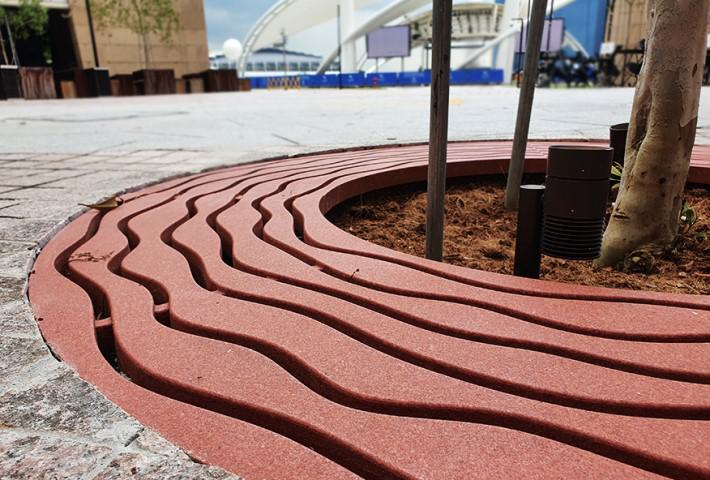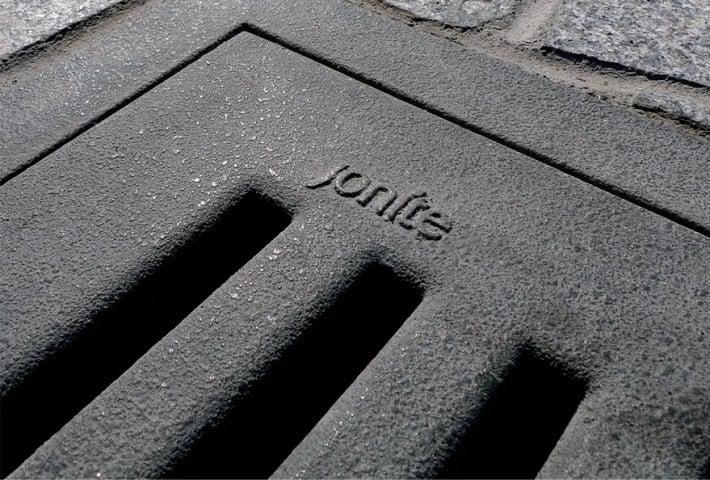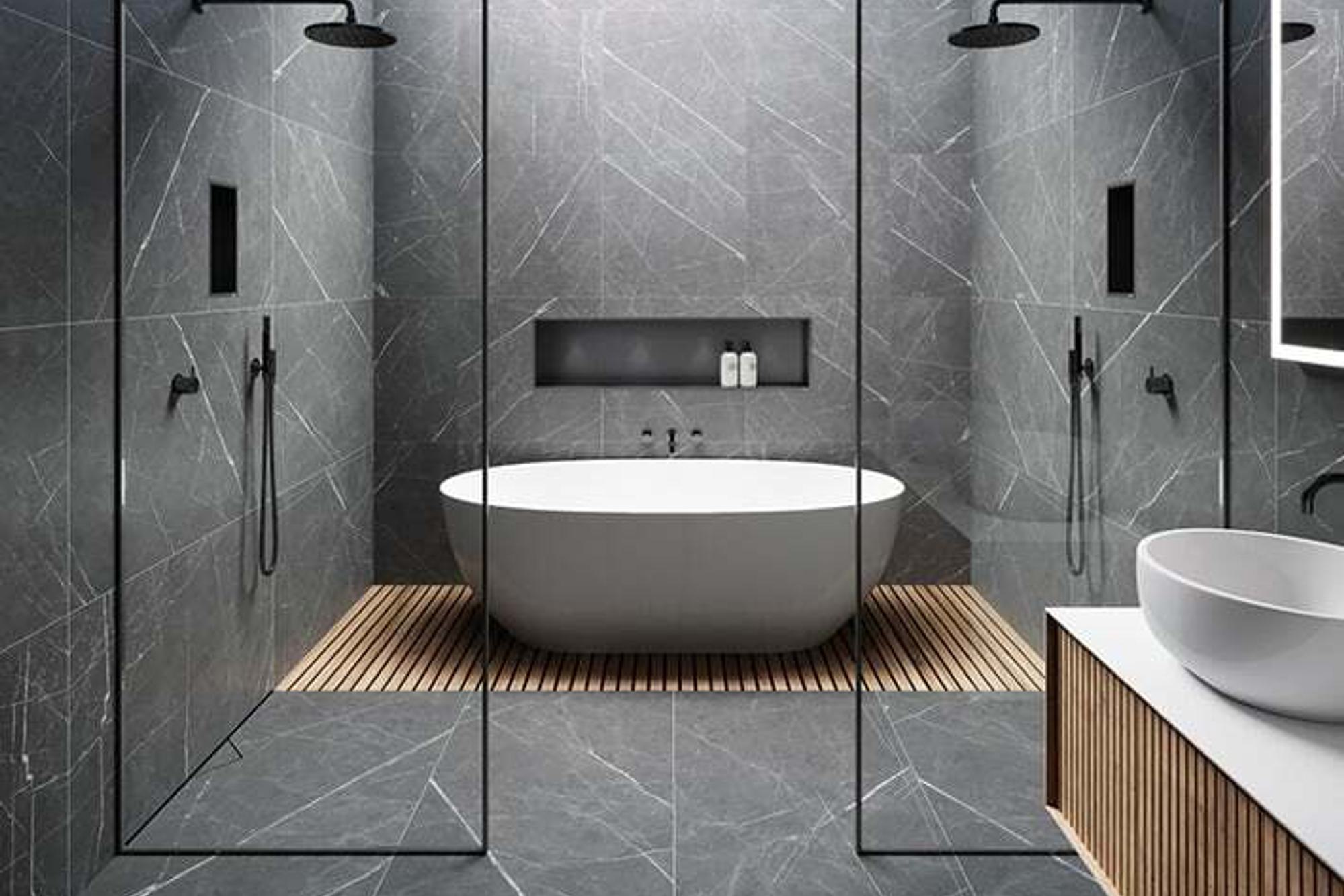What comes to mind when you think of grating? If you’re like many people, it’s probably an image of the grate over a storm drain. While this certainly may be one of the most common applications of grating, it’s not the only one.
Grating comes in many different shapes, sizes, and materials. This makes it possible to choose grates that meet your needs. But first, it’s important to understand which grating options work for each situation and where you can find a quality drain grating supplier.
What Is Grating?
Every outdoor location, no matter how dry the area, will receive rain. So, almost all landscapes and hardscapes have to find a way to deal with the water that will be introduced to the area. If they don’t, the water will pool up in unpleasant ways.
Usually, the water is taken away through trenches or pipes. It has to enter these fixtures through a hole in the ground. However, leaving a random hole in the ground presents a serious hazard to anyone walking around, as they could trip and be seriously injured.
This is where grating comes into play. To allow water to pass through while still covering the draining hole, a grate is placed over the hole.
Grates come in different shapes and sizes depending on the job. Sometimes, long grates are needed to cover a large space. Other times, a grate will be curved or created in an unusual shape in order to fit a specific location.
Grates are also made from different materials. This all depends on the type of job they are being used for and the location they are in. For example, a drain in an area that only gets foot traffic can be made from a relatively weak material, while one that has vehicular traffic needs to be much tougher.

Tree grates are a common application of grating.
Grating also has a major role in building interiors as well. While the interiors of buildings should not be taking on rainwater or other precipitation, many places do have to find a way to deal with other types of excess water.
Because of this, grating is often seen in places that deal with large quantities of water. Pools, spas, and simple bathrooms are all locations that often require drains. In addition, grating is often used in rooms that are sprayed down to clean. For example, a restaurant may have multiple drains in a kitchen that they spray down each night.
Why Is Grating Used?
There are two main purposes for any grate. These are to allow passage over the drain and to prevent debris from making its way into the drain.
This first purpose has already been mostly discussed above. The obvious tripping hazard posed by having an open hole in a landscape or a building is something that needs to be avoided.
However, grates do more than cover a hole for foot traffic. In many cases, they are specifically designed to allow vehicle traffic to pass over a drain.
Many factories, storage facilities, and other places of work have drains in front of their garage doors. This prevents rain from entering when the garage is open. However, since vehicles need to pass over this drain, a grate is placed over it.
The second purpose of a grate is to prevent debris from entering the drain. This is why most grates have a series of small holes in them. These holes allow water to pass through but prevent larger objects from making their way into the drain.
This is important because too much debris in the drain could cause a problem. In an outdoor location, leaves and trash could collect in the drain. Then, after enough junk falls in, it could form a clog that blocks up the system. If this happens, the system wouldn’t work and any water would just pool around the drain, instead of flowing through.
In some cases, a grate also helps prevent valuables from falling into a drain. A factory with drains on the floor may have grates that prevent any dropped objects from being lost. In a similar way, there is a grate in most showers that prevents a bar of soap from falling through, if it is dropped. In both situations, the grate prevents a small accident from becoming a big problem.
Types of Grating
Since grating has so many different applications, there are many different types to choose from. Each type has unique characteristics that perfectly suit its use. This includes size, shape, and slot design.
- Trench Grates
Trench grates are specialty grates used with trench drains. They are long and thin, helping to maintain the effectiveness of a drainage system.
When used in conjunction with a trench drain system, a trench drain grate can keep areas that have a tendency to flood from doing so. This is particularly helpful when it comes to driveways, patios, and walkways.
- Tree Grates
Tree grates encircle a tree’s trunk, covering the area where a tree pit would otherwise be. Their main purpose is to protect the tree’s roots from passing traffic. Slots in the grating allow rain and air to permeate the ground and make their way to the tree roots.
- Pool Grates
Excessively wet surfaces around a pool can be hazardous. Overflow pools can be prone to excess water. However, Jonite’s pool drainage grates are specifically designed to work with overflow pools.
Pool grates are also long, linear grates that are often placed around the perimeter of the pool. They may also be placed in other areas of the pool deck to optimize water drainage.

Pool grates help keep poolside safe and free from excess water.
- Sump Covers
Point drainage systems are a critical, yet often overlooked source of drainage. These systems must avoid environmental contamination and accidental falls. As a result, maintenance hole covers, also known as sump covers, were born.
Sump covers allow excess water to flow into the catch basins. However, the design options turn them from something to be hidden to something that blends with the landscape.
- Bathroom Grates
Grating is also critical in interior spaces. Bathroom grates are used in public toilets to keep them hygienic and safe. The grating can be used around urinals, cubicles, and washbasins. They can even be used as part of public showers to quickly drain water.
Traditionally, stainless steel was used in these situations. Reinforced stone bathroom grates provide a beautiful, safe, and clean option for bathroom grating.
- Floor Drain Grates
Floor drain grates can also be used in bathrooms or other spaces to quickly drain water. These point drains prevent stagnant water and allow for easier cleaning. Most often these grates are relatively small, making them easy to incorporate into any space.
- Ventilation Grilles
Ventilation is a key concern when designing buildings, especially ones focused on green design. Ventilation grilles are specialty grates that make it easier to incorporate ventilation into your property.
These can be installed either vertically or horizontally depending on the use. You can even choose ventilation grilles that are load-bearing, expanding the possible uses.
Applications of Grating
Grating can be used in a variety of applications. You simply need to find the correct type and style of grating that will match your project's needs.
- Exterior
One of the main applications of exterior grating is drainage. This can help create a drainage system that quickly drains excess water off of the property.
For example, you can add a trench drain grate straight across the driveway to prevent standing water and damage to the home or other structures. A network of trench drains can quickly collect all of the excess water on these surfaces and divert it to stormwater or other drainage points.
Sump covers and drains are useful in collecting water around softscapes and lawns. However, you can also add this drainage system to the rest of your landscape’s drainage.
Pool grates are functionally similar to other drainage grates. However, they are uniquely designed to be used in areas where people are walking and playing barefoot.
In a similar way, trench grates are an important part of outdoor water features. This grating makes it easier to manage the water, while also creating visual interest and making the feature a more grandiose object.
Other exterior grating serves specialty functions. For example, tree grates are specifically made to protect the trees they surround. Meanwhile, ventilation grilles allow air to pass through certain areas while also creating a barrier.
- Interior
Interior spaces are often overlooked when it comes to the applications of grating. Many interior spaces need to remain completely free of water or else they will produce serious hazards. This is where indoor drains and specialty grates come into play.
Bathroom grates help keep public bathrooms dry and allow for easy cleaning. Plus, they can be paired with other types of interior floor drains. If you’re looking for a way to spruce up your bathroom, you can also use Easy Drain solutions in combination with other drain and grate solutions.

Bathroom grates can keep surfaces dry and expedite the cleaning process.
Floor drains are even more versatile. They can be used to drain work areas, such as restaurant kitchens. Or they can help keep excess water from open spaces such as garages. Either way, the possibilities created by interior drains and grates are endless.
Order From the Best Drain Grating Supplier in Singapore
Choosing quality drain grating is key to ensuring its functionality. This is why traditional plastic or metal grating may no longer be the best option. Instead, you should consider choosing grates from Jonite, a drain grating supplier in Singapore.
Jonite’s grates are made of tough reinforced stone. This material is stronger than plastic, making it a good option for areas that receive traffic. In fact, you can choose different strength ratings, depending on your needs. This makes it ideal even in cases where heavy vehicles will travel over the grating.
Reinforced stone doesn’t hold heat or corrode like certain metals. Heat resistance makes it ideal for areas you want to keep cool and comfortable, such as patios and poolsides. Plus, not having to worry about rusting and corrosion can decrease maintenance needs and lead to less worry.
The benefits of Jonite’s reinforced stone grates go beyond their practicality to become truly beautiful additions to any project. Imagine looking at a traditional metal or plastic grate in a beautiful hardscape space. It would stick out like a sore thumb. However, reinforced stone blends into the surroundings, adding to the elegance of the space.
Since these grates are custom-made, you can choose from many different aesthetic options, even down to the shape and size of the slots. If you want to choose a color that blends into the rest of the hardscape, you can do that, or choose one that stands out and makes an impact. You can pick design options that allow coordination among your different grates. Customization even reaches to creating grates that fit untraditional shape and size requirements.
Jonite also offers custom options that you might not have even considered. For example, ADA-accessible or heel-proof grating can make your grates easier to travel over. Even something as simple as slip resistance can make a difference in pool grating. Meanwhile, lockable options can help prevent theft, if that is a concern.

Jonite supplies high-quality grating that can be used in a variety of applications.
How Can Grating Help Your Space?
Grating is a critical way to make an area safer and more usable. You can use it to keep drains efficient, protect tree roots, or allow ventilation. Grating can even be used indoors to prevent slips in a variety of spaces.
If you want to take advantage of grating, you need to choose a supplier that produces high-quality options that meet your needs. Jonite’s wide selection of reinforced stone grating is just what you need.
Contact Jonite to see all the ways custom grating can make a difference in your space.



